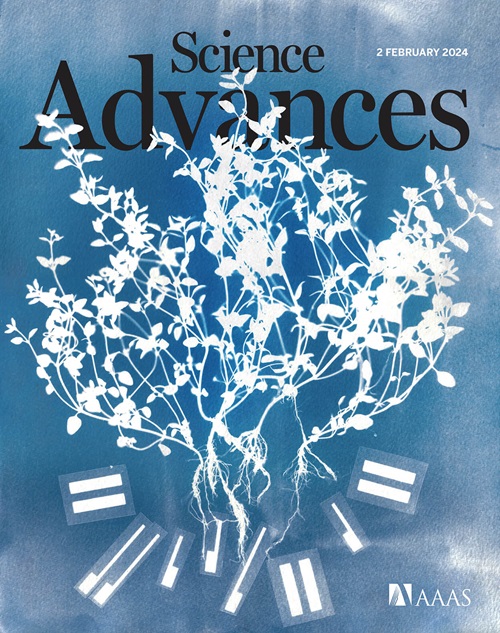Circadian clock is critical for fungal pathogenesis by regulating zinc starvation response and secondary metabolism
IF 11.7
1区 综合性期刊
Q1 MULTIDISCIPLINARY SCIENCES
引用次数: 0
Abstract
Circadian clocks are known to modulate host immune responses to pathogen infections, yet their role in influencing pathogen pathogenesis remains unclear. Here, we investigated the role of circadian clocks in regulating the pathogenesis of the fungal pathogen Fusarium oxysporum, which has multiple genes homologous to the Neurospora crassa frq due to gene duplication events, with Fofrq1 being the primary circadian clock gene. The pathogenesis of F. oxysporum in plants is controlled by its circadian clock, with infections causing severe disease symptoms at dawn. Notably, disruption of clock genes dramatically reduces fungal pathogenicity. Circadian clocks regulate the rhythmic expression of several transcription factors, including FoZafA, which enables the pathogen to adapt to zinc starvation within the plant, and FoCzf1, which governs the production of the toxin fusaric acid. Together, our findings highlight the critical roles of circadian clocks in F. oxysporum pathogenicity by regulating zinc starvation response and secondary metabolite production.

求助全文
约1分钟内获得全文
求助全文
来源期刊

Science Advances
综合性期刊-综合性期刊
CiteScore
21.40
自引率
1.50%
发文量
1937
审稿时长
29 weeks
期刊介绍:
Science Advances, an open-access journal by AAAS, publishes impactful research in diverse scientific areas. It aims for fair, fast, and expert peer review, providing freely accessible research to readers. Led by distinguished scientists, the journal supports AAAS's mission by extending Science magazine's capacity to identify and promote significant advances. Evolving digital publishing technologies play a crucial role in advancing AAAS's global mission for science communication and benefitting humankind.
 求助内容:
求助内容: 应助结果提醒方式:
应助结果提醒方式:


